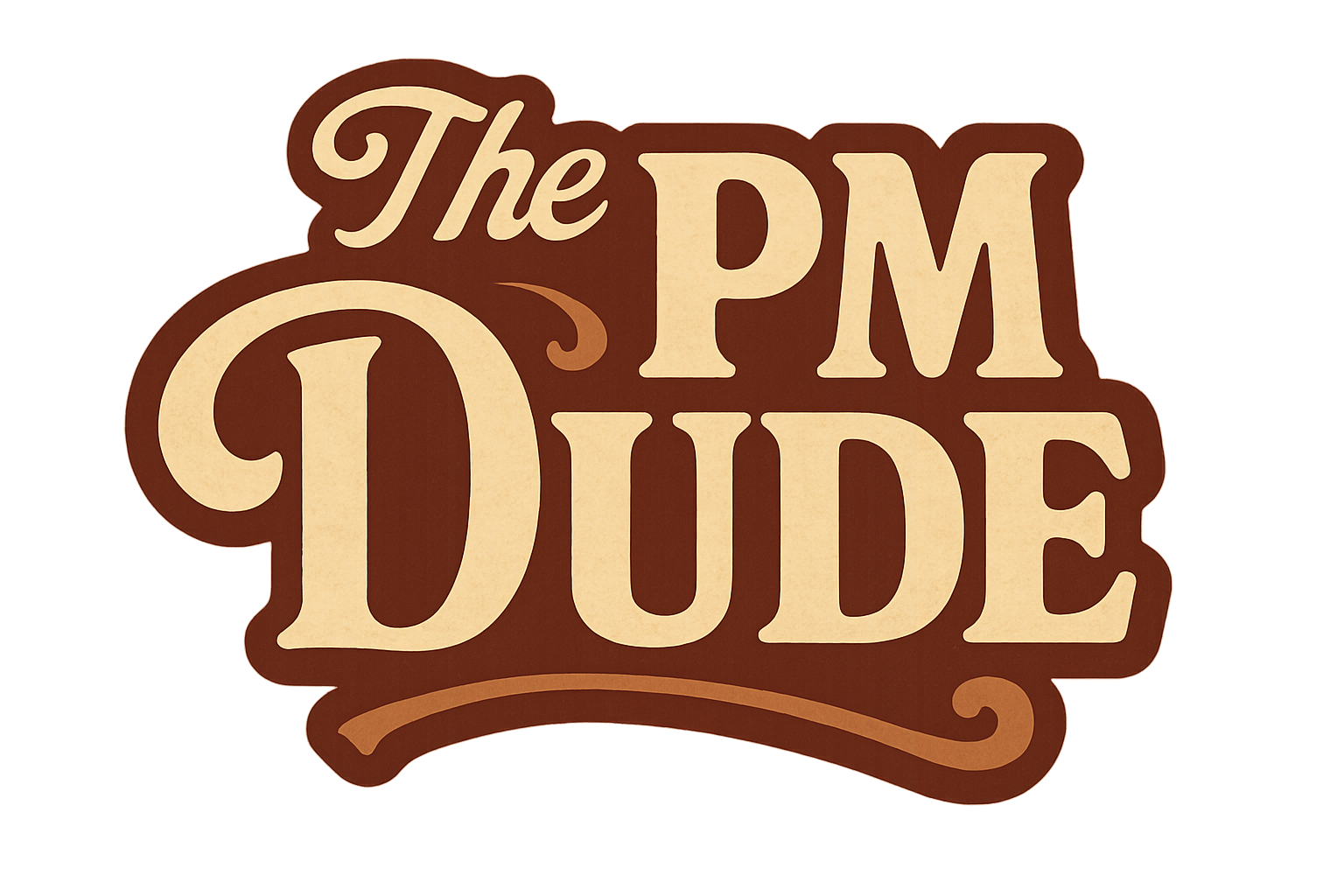Dashboards
Tools can be liberating, but product management should be wary to rely too heavily on business intelligence and reporting tools that mask the underlying data. Use, but use wisely.

The Dude is not sure when he saw his first dashboard, but he is sure that when he saw it, it wasn't a revelatory or religious experience. It probably was in some staff meeting, and it was probably some peer group creating a single slide (because back then it was all PowerPoint), and was manually assembled from operational data.
Fast forward to today, and with cloud services, big data analytics, and myriad potential vehicles to create and maintain Dashboards, the concept has become legend.
But how does the concept of dashboards relate to product management?
Definition
Before going too deep into this topic, it is worth it to spend a few moments to get our arms around what is a dashboard.
In short, it is the distillation of data (operational data, engineering resource utilization, tracking to plan data, etc) into a single, crisp status update. The goal is to create a single slide that at a glance tells the story. Are we on track? Are there concerns? What is the progress?
The Dude has long had to assemble and maintain dashboards for his communications with executives. This was always considered "table stakes".
If you consider the original dashboard, that in an automobile, the concept is pretty simple. You have a place to glace at where you can learn speed, fuel tank levels, warning lights, and the distance traveled.
The Modern Era
The new twist is tied to the modern enterprise. Enterprises generate enormous volumes of data. Sales figures, production data, development velocity, employee efficiency, among many others.
This has spawned first the rise of Business Intelligence (BI) systems, that allowed the casual perusal of this ocean of data to look for important trends, or metrics. The early BI systems had rudimentary reporting and charting functions, that have become increasingly better to use, and to consume.
However, this opened the door for products that create what are essentially dashboards. Automating the sorting/sifting/refining of data, and adding a slick presentation layer to get concise, elegant, and impactful data view that executives can use to track organizational efficiencies, and health.
Tableau is one such product. And the Dude can attest that it is slick, and works really well. (note: The Dude is a consumer, he doesn't have access to create or modify the panels that he has access to, he is a consumer of the dashboard)
Product Management implications
Where the Dude is currently working, Tableau is used to build a snapshot dashboard for the leadership. One of the "panels" in this dashboard is relevant to the key products they Dude's team (he and his peers) work on.
While this panel is useful, it is, in essence, what all dashboards are, a snapshot, built from analyses and manipulations of the ERP data. Yes, there are some gleanings that can be extracted, and as they are interactive, you can play some 'what if' games.
That is useful, but it isn't what the Dude needs to run his product. So, he goes back to his roots, and just downloads the entire data-set underneath. Why did 3rd quarter sales drop 22%? Is the recent increase in bookings tied to any macro trend, or is it a one off? Are our marketing efforts leading to increased activity?
These questions can often be answered from the data. But the act of creating a dashboard reduces this data to a high level overview, obfuscating the why behind a pretty presentation layer graphic.
Why is the Dude blathering on about this?
Good question indeed. He is blathering on about it because his peers are trying to get the tools team to build custom dashboards for the PM team. This is in an attempt to reduce their need to regularly dive into the data, and construct stories to explain the phenomenon with their products. The Dude can sympathize, as at any large company, the number of data sources, and their accuracy can be suspect. The Dude is often frustrated that two sources of the same data are often at odds. But that is life.

The Dude feels that this attempt to distill into a sterile view the data is misguided. Yes, if you have a specific need, the consultants can build you a panel, or modify an existing one for you. But in the Dude's experience, much of the data diving he needs isn't some analysis that is done regularly (or repeatably). It is an exploratory effort to build models that explain phenomena, or behaviors. He is looking for glitches in the matrix.
Part of what makes the Dude effective in product management is getting close to those numbers, rolling around and getting dirty with them, and truly grokking what story they tell. Hiding the data behind a pretty façade doesn't provide this.
It pains him to see his peers push to sanitize that intimacy with the data from their daily existence. How on earth will they really understand what is going on?
Yes, the Dude loves tools, and data visualization is awesome. But never forget that at its core, all that the visualization tools do is distill, represent, and display data. No lines to be read between, no kernels of truth to discover, and when asked by an executive, you can't just point to the dashboard. You need to answer with specifics, and use the data to justify your efforts.
Use tools smart.
Don't rely solely on the black box.
If dashboards, automated data analysis, and reporting tools by a "Business Analyst" can replace your role in the eyes of senior management, you're likely going to be made obsolete.




